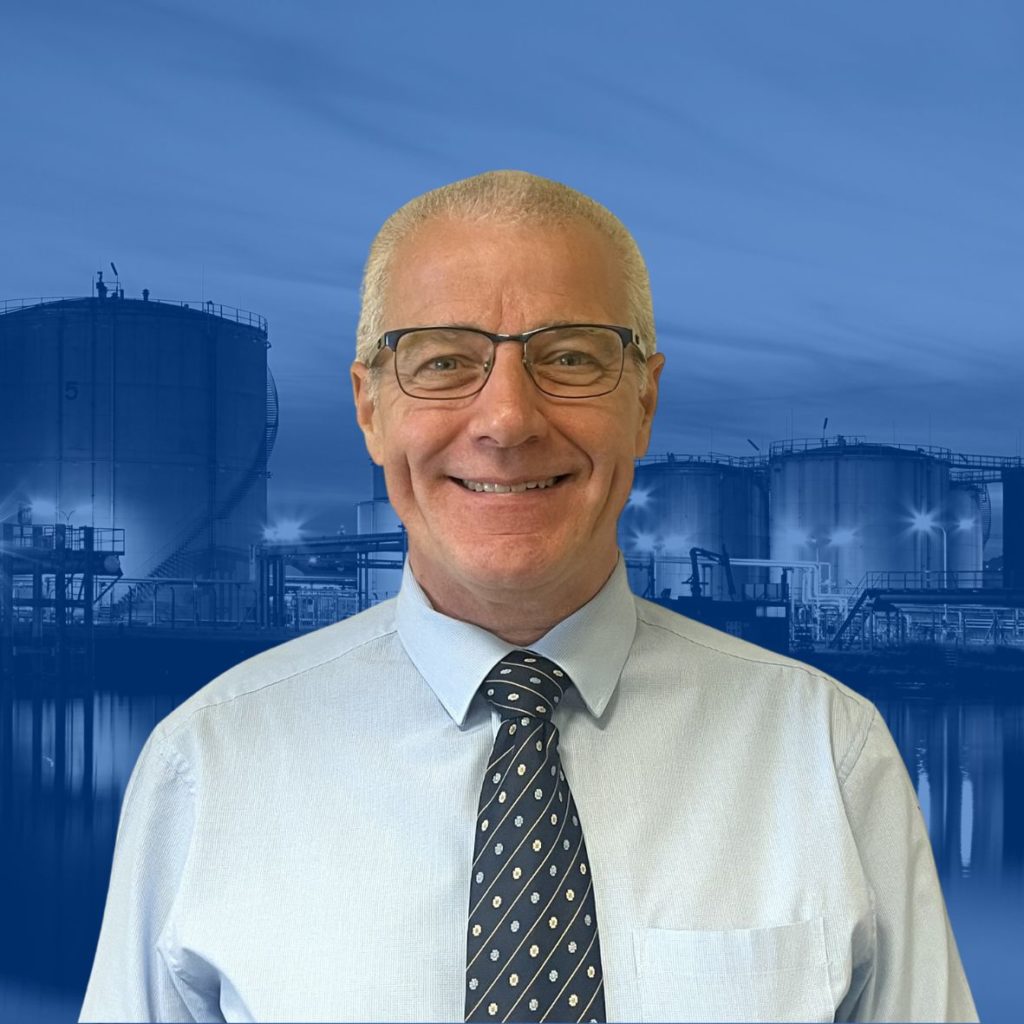
The chairperson of the US Chemical Safety Board has underscored “the need to do more” to improve health and safety standards across industrial workplaces in America.
Rafael Moure-Eraso’s comments came as part of a written testimony to the Joint Committee: Senate Committee on Environment and Public Works and the Senate Committee on Health, Education, Labor, and Pensions.
Dr Moure-Eraso, in the hearing entitled ‘Oversight of the Implementation of the President’s Executive Order on Improving Chemical Facility Safety and Security’, said the CSB had long advocated process safety reform.
“In January 2014,” writes Dr Moure-Eraso, “I authored a New York Times opinion article entitled ‘The Next Accident Awaits’ where I noted that the current process safety regulatory system is in need of reform.
“Tragically there was not too much time spent waiting for the ‘next accident’ – in November 2014 four workers were killed outside Houston in a large-scale toxic gas release from a DuPont pesticide plant. The CSB is now investigating this accident.
“After the West explosion, President Obama issued an executive order requiring federal agencies to review safety rules at chemical facilities.”
Processing safety improvements
Dr Moure-Eraso was “encouraged” at the “leadership” shown by the White House, OSHA, and EPA in taking the “first steps” towards reforming US process safety management regulations.
“To date, both OSHA and the EPA have issued Requests For Information (RFI’s), and may soon initiate rulemaking to revise the PSM standard and the RMP regulation. I support these efforts. The CSB submitted a comprehensive response to each RFI detailing needed improvements to the existing federal process safety management regulations.”
Even so, he added, process safety management regulations had undergone “no substantive improvements since their inception in the 1990s”.
“Moreover, other existing OSHA standards governing explosives like ammonium nitrate, flammable and combustible liquids, and hot work are even older, dating from the early 1970s, and are based on fire code guidance from the 1960s.
“These regulations have not been updated since, even as the voluntary fire codes have undergone many cycles of revision and improvement.”
Preventive safety systems
Dr Moure-Eraso said the current system was designed to respond to workplace safety incidents rather than stopping them before they happen.
“The CSB has noted in its recent investigations of major incidents that both the OSHA Process Safety Management (PSM) standard and the EPA Risk Management Plan (RMP) Program regulations appear to function primarily as reactive and activity-based regulatory schemes that require extensive rulemaking to modify, resulting in stagnation despite important lessons from accident investigations, advancing best practices, and changing technology.”
As such, Dr Moure-Eraso said “more must be done” to ensure the introduction of process safety management systems which protect worker safety, public health and the environment.
“There must be greater emphasis from regulators and companies on preventing the occurrence of major chemical accidents through safer design and elimination of hazards.”
Chevron Refinery fire and explosion
Dr Moure-Eraso went on to discuss the 2012 fire and explosion at the Chevron Refinery in Richmond California, saying it had triggered a series of regulatory reforms across the state.
These, he believed, could serve as a model for the modernisation of process safety management at a federal level.
Dr Moure-Eraso explained: “Chevron’s own employees had repeatedly notified company officials of the corrosion hazard (which ultimately caused the failure of a major pipe carrying hot hydrocarbons), but unfortunately this did not result in replacing the corroded piping with inherently safer, corrosion-resistant materials that were known to industry and recommended in voluntary practices.”
“California is taking important steps towards modernising process safety management by funding additional PSM inspectors and by issuing draft process safety management regulations that address many of the attributes of a stronger regulatory system identified by the CSB’s investigative reports.”
“In October,” he continued, “California’s legislature passed, and Gov. Jerry Brown signed, a sweeping law requiring the state’s petroleum refineries to provide regulators with detailed information concerning extensive maintenance overhauls and repair operations – known in the industry as turnarounds. This important reform will help prevent accidents by ensuring that needed repairs will be more promptly conducted rather than deferred as we found in our Chevron investigation.”
Dr Moure-Eraso “commended” California for taking action in the wake of the Chevron fire.
“In my view, had these new laws and regulations been in effect before August 2012, California’s Division of Occupational Safety and Health, or Cal/OSHA, could have urged or required the safety improvements needed to prevent the accident.”
“To continue to advocate for further reforms, the CSB recently added the issue of federal process safety management reform and modernization to its Most Wanted Chemical Safety Improvements Program. The goal of adding this important issue to the CSB Most Wanted Program is the continuous improvement of process safety management in the US through the implementation of key federal and state CSB process safety-related recommendations and lessons learned.”
The CSB, commented Dr Moure-Eraso, found that current federal and state regulations “do not focus enough on continuously reducing process risks”.
“CSB investigations into serious accidents including the Tesoro explosion and fire in Anacortes, Washington, and the Chevron Refinery fire found that there was no requirement to reduce risks to a specific risk target such as ‘As Low As Reasonably Practicable’ (ALARP), which is the standard applied in Europe and elsewhere, where major accident rates are much lower.”
“Similarly, there is no mechanism to ensure continuous safety improvement; no requirement to address the effectiveness of controls or to rank the effectiveness of preventive measures (also referred to as the hierarchy of controls); and no requirement to implement and document an inherently safer systems analysis in establishing safeguards for process hazards.”
Dr Moure-Eraso also refuted the notion that major incidents “are the result of mistakes by what some have called ‘outlier’ companies”.
“There should be no mistake – process safety disasters are not limited to any so-called outliers. These disasters – which no one wants to occur – are the result of many factors affecting large and small companies alike. These include: weak or obsolete regulatory standards, inadequate regulatory resources and staffing, overly permissive industry standards, and a lack of safe design requirements and risk reduction targets.”
Concluding his testimony, he acknowledged an “increase in efforts” by industry and government to prevent major chemical accidents.
Dr Moure-Eraso cautioned, however, that “CSB investigations show that much more needs to be done to assure that future tragedies will be avoided.”
“The opportunity for meaningful reform is now.”


